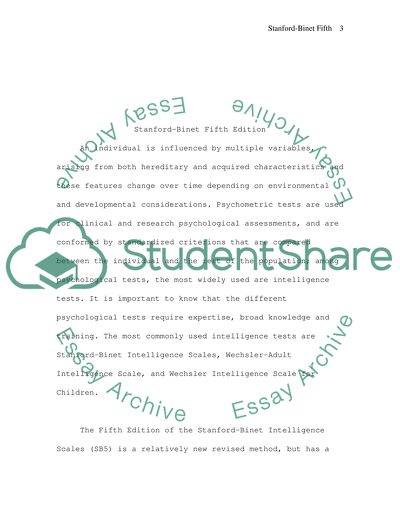Cite this document
(“Stanford-Binet Fifth Edition Essay Example | Topics and Well Written Essays - 3000 words”, n.d.)
Stanford-Binet Fifth Edition Essay Example | Topics and Well Written Essays - 3000 words. Retrieved from https://studentshare.org/education/1512876-analysis-of-the-stanfordbinet-intelligence-test
Stanford-Binet Fifth Edition Essay Example | Topics and Well Written Essays - 3000 words. Retrieved from https://studentshare.org/education/1512876-analysis-of-the-stanfordbinet-intelligence-test
(Stanford-Binet Fifth Edition Essay Example | Topics and Well Written Essays - 3000 Words)
Stanford-Binet Fifth Edition Essay Example | Topics and Well Written Essays - 3000 Words. https://studentshare.org/education/1512876-analysis-of-the-stanfordbinet-intelligence-test.
Stanford-Binet Fifth Edition Essay Example | Topics and Well Written Essays - 3000 Words. https://studentshare.org/education/1512876-analysis-of-the-stanfordbinet-intelligence-test.
“Stanford-Binet Fifth Edition Essay Example | Topics and Well Written Essays - 3000 Words”, n.d. https://studentshare.org/education/1512876-analysis-of-the-stanfordbinet-intelligence-test.


